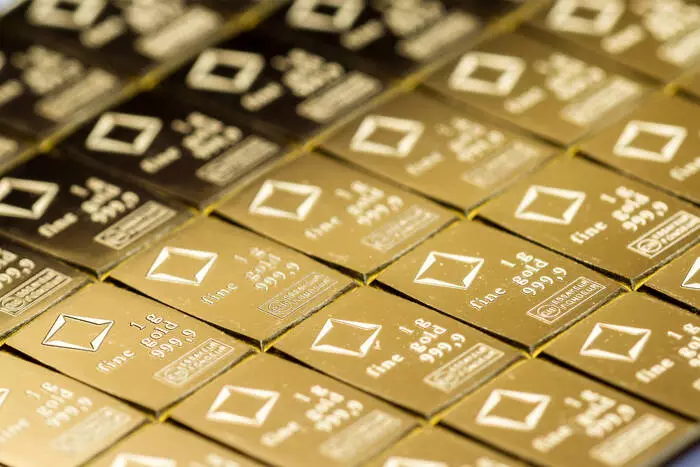Gold has always intrigued investors and economists alike, serving as both an investment vehicle and a safe haven amid market volatility. The fluctuations in gold prices are often influenced by a variety of factors ranging from geopolitical events to economic indicators. Within the context of U.S. history, the price trajectory of gold can often be closely traced to significant political administrations and concurrent economic conditions. Such dynamics make the yellow metal not just a commodity, but also a reflection of broader societal instabilities or stability.
During high-stakes periods like U.S. elections, fluctuations in gold prices become particularly pronounced. Investors anticipate political shifts which can influence fiscal and monetary policies, ultimately determining whether gold will be a secure haven or merely an investment bomb. Historical instances, especially during the late 20th century, illustrate how gold markets respond to policy changes that reflect broader economic shifts.
When we examine gold prices during the presidency of Jimmy Carter, significant inflation and geopolitical instability led to a dramatic increase in gold values—by over 326% from 1977 to 1981. This surge can be attributed to a number of factors; primarily the termination of the gold standard by President Nixon in 1971, which forced the dollar’s convertibility to gold out of the international equation. As inflation soared and geopolitical tensions—stoked by events like the Iranian Revolution—intensified, gold became a refuge for worried investors.
In contrast, the era of Ronald Reagan saw a notable downturn in gold prices, dropping about 26% during his time in office. This decline accompanied Reagan’s rejuvenation initiatives in the American economy, along with the perception of increasing stability both domestically and internationally. Analysts suggest that this decrease was due to the reduced fears surrounding both inflation and geopolitical uncertainties that characterized Carter’s years.
Comparing these two administrations demonstrates the inherent connection between economic health and gold pricing. As the U.S. economy stabilized under Reagan, confidence in the dollar increased, prompting a downturn in gold’s perceived value as a safe asset.
Fast forward to the Obama administration, where gold and silver prices experienced a remarkable increase by 40% and 50%, respectively, during his tenure. The critical turning point came from a succession of economic crises—most notably the 2011 concerns regarding the U.S. debt ceiling, which led to a surge in gold prices. The peak of US$1,895 per ounce observed then starkly illustrated gold’s role as a hedge against systemic financial risks.
Donald Trump’s presidency further underscored gold’s protective qualities for investors. Amidst the tumultuous economic fallout from the Covid-19 pandemic, gold reached unprecedented heights of over US$2,000 per ounce in August 2020, reflecting an impressive 72% rise since the beginning of his presidency. What’s striking is the ongoing hedge that gold provides amidst uncertainty, confirming its status as a critical barometer for investor sentiment.
Currently, gold prices have surged once more in 2023—the price climbing an impressive 34% year-to-date, and even reaching new all-time highs at US$2,758. However, caution must be exercised; historical analyses show that extreme upward trends often precede corrective phases. The Relative Strength Index (RSI), which has approached historically significant resistance levels, hints that a turning point may soon occur, potentially signaling forthcoming volatility.
As we scrutinize gold’s extensive historical patterns, it’s evident that while the yellow metal often thrives in crisis, ongoing attention must be given to the economic indicators that signal shifts in its valuation. Investors must remain vigilant, taking into consideration the confluence of market factors—be it inflation, geopolitical risks, or even changing monetary policies—which can lead to sudden fluctuations in gold prices.
In essence, gold’s narrative serves as both a warning and an opportunity in the ever-complex, multifaceted tapestry of economic discourse. Through understanding its past movements—particularly in response to governmental policies—we arm ourselves with greater insights into future trajectories of this precious metal, ensuring that we remain prepared for the unpredictable nature of financial markets.


Leave a Reply